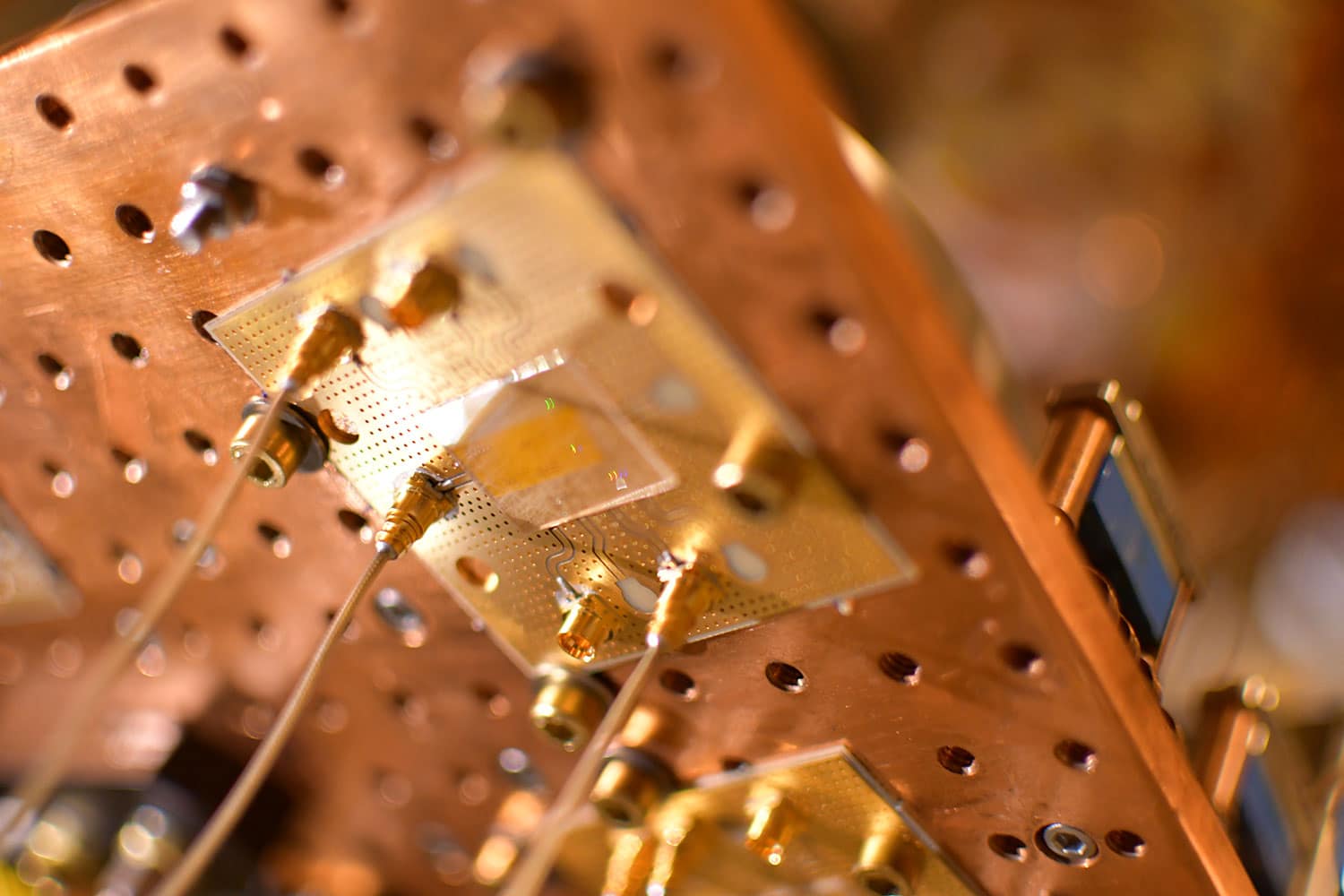
Acoustic waves at microwave frequencies are widely used in wireless communication and are recently emerged as versatile information carriers in quantum applications. However, most acoustic devices are passive components, and dynamic control of acoustic waves in a low-loss and scalable manner remains an outstanding challenge, which hinders the development of phononic integrated circuits.
Now, researchers from the Harvard John A. Paulson School of Engineering and Applied Sciences (SEAS) have demonstrated the control and modulation of acoustic waves with an electric field on-chip for the first time.
Researchers harvest the unique properties of lithium niobate to build an on-chip, electro-acoustic modulator to control the acoustic waves propagating in on-chip waveguides. Lithium niobate changes its elasticity in response to an electric field and produces acoustic waves. By applying an electric field, the modulator can control the phase, amplitude, and frequency of the acoustic waves on-chip, encoding data in them before sending them down waveguides.
“Acoustic waves are promising as on-chip information carriers for both quantum and classical information processing, but the development of acoustic integrated circuits has been hampered by the inability to control acoustic waves in a low-loss, scalable manner,” said Marko Loncar, Tiantsai Lin Professor of Electrical Engineering at SEAS and senior author on this work. “In this work, we showed we can control acoustic waves on an integrated lithium niobate platform, bringing us one step closer to an acoustic integrated circuit.”
The Harvard team demonstrated one device on-chip. They are now working to build more complex, large-scale acoustic-wave circuits and interconnections with other quantum systems, such as diamond color centers.
The team says the acoustic wave chips have few advantages over those that use electromagnetic waves. They are easy to confine in nanoscale structures, do not readily talk with each other, and have strong interactions with the system in which they are confined, making them useful for both classical and quantum applications.
“Our work paves the way for high-performance acoustic-wave based devices and circuits for next-generation microwave signal processing as well as on-chip quantum networks and interfaces linking different types of quantum systems, including solid-state atomic systems and superconducting qubits,” said Linbo Shao, the first author of the paper.
Harvard’s computer chip uses acoustic waves to encode data
Source: Global Access News

No comments:
Post a Comment